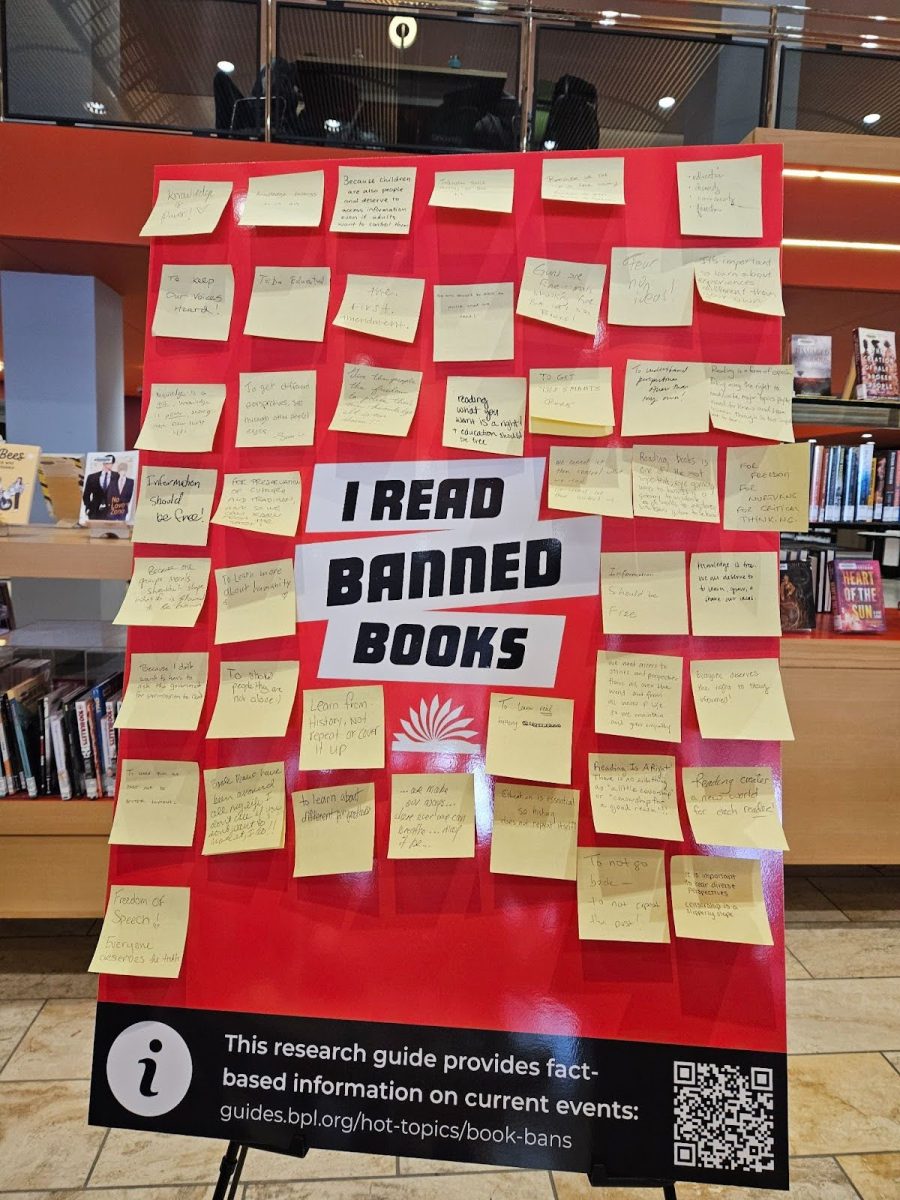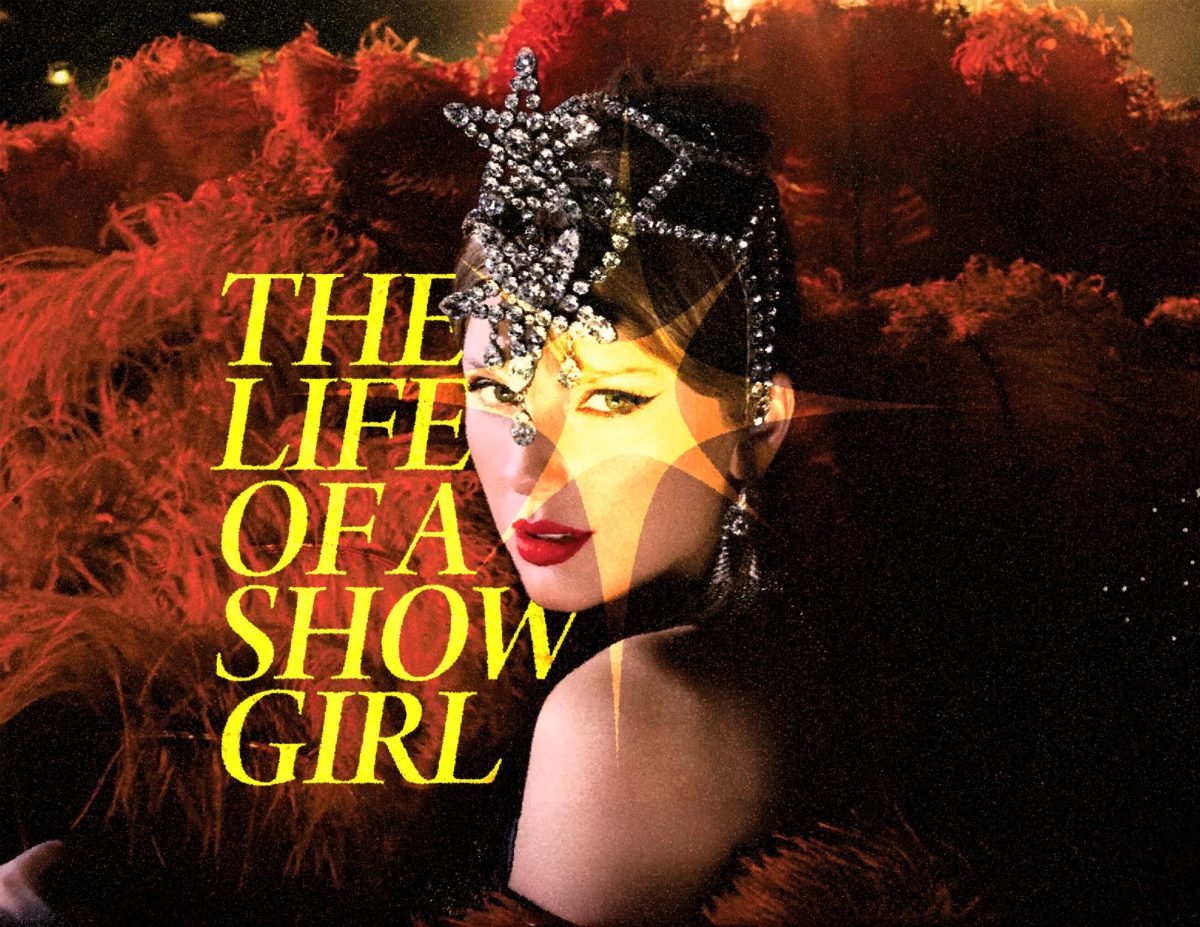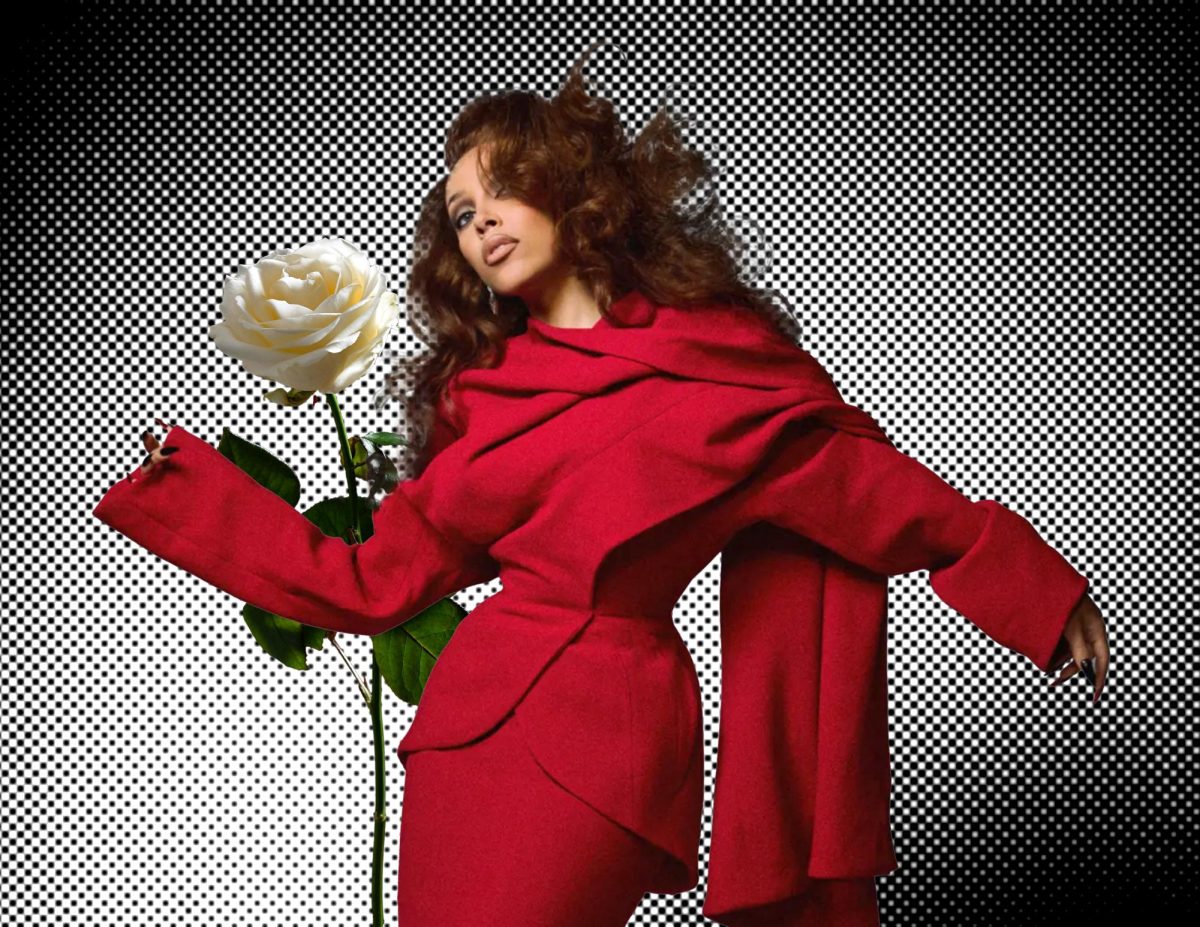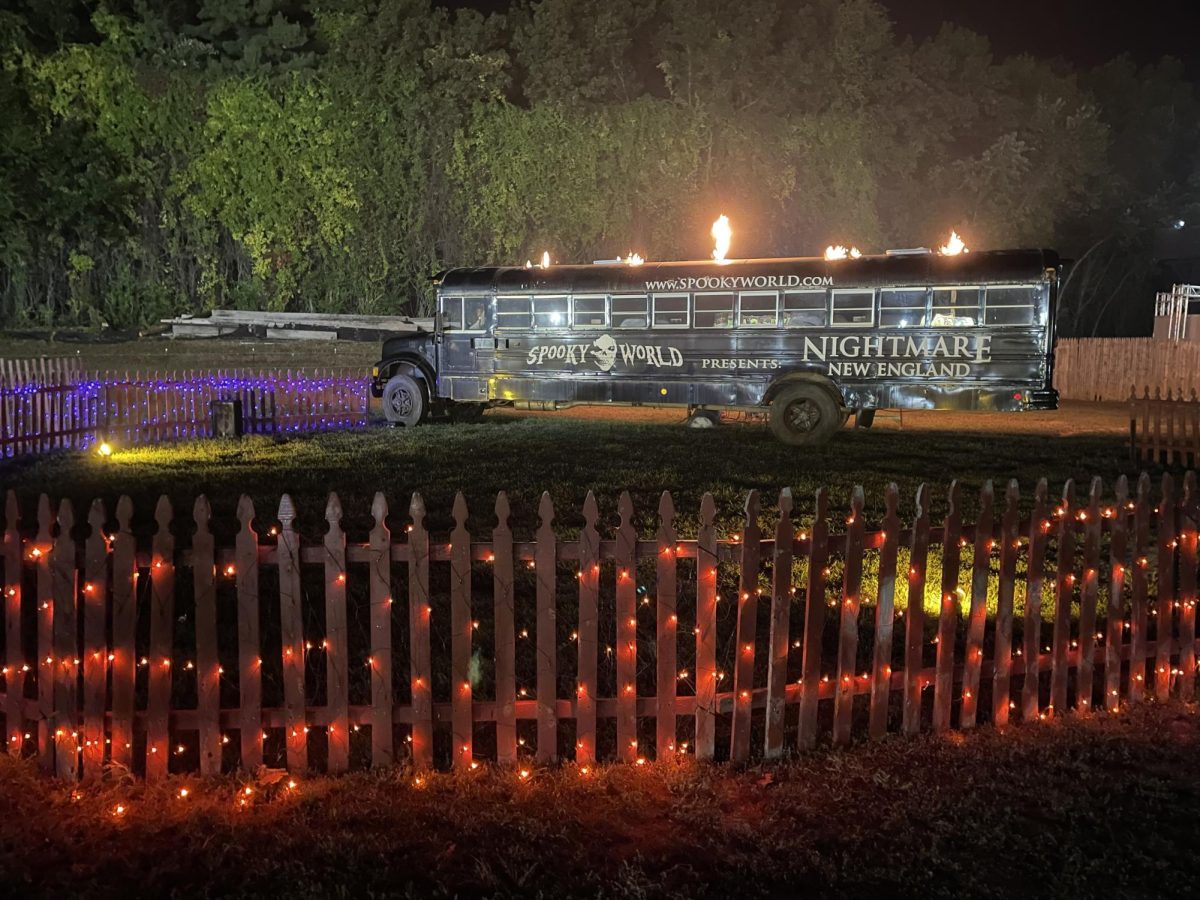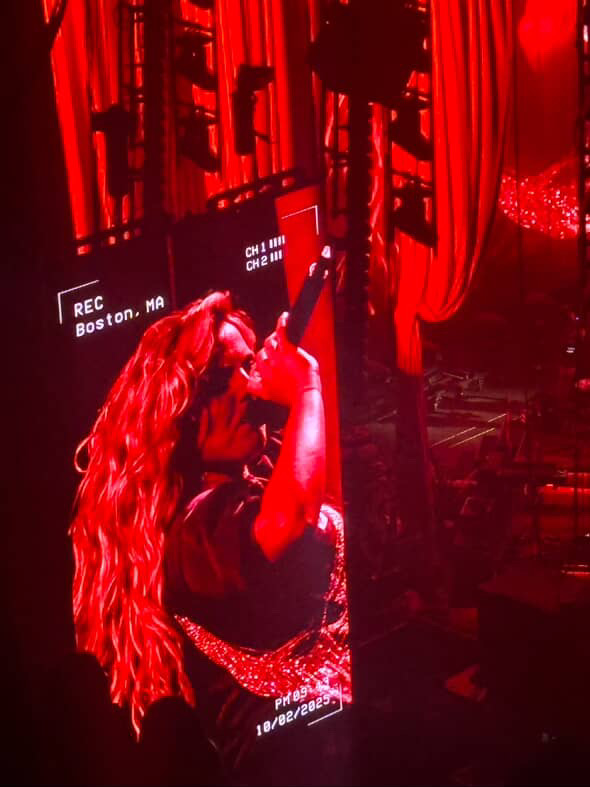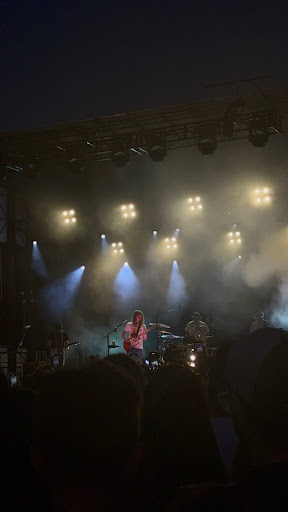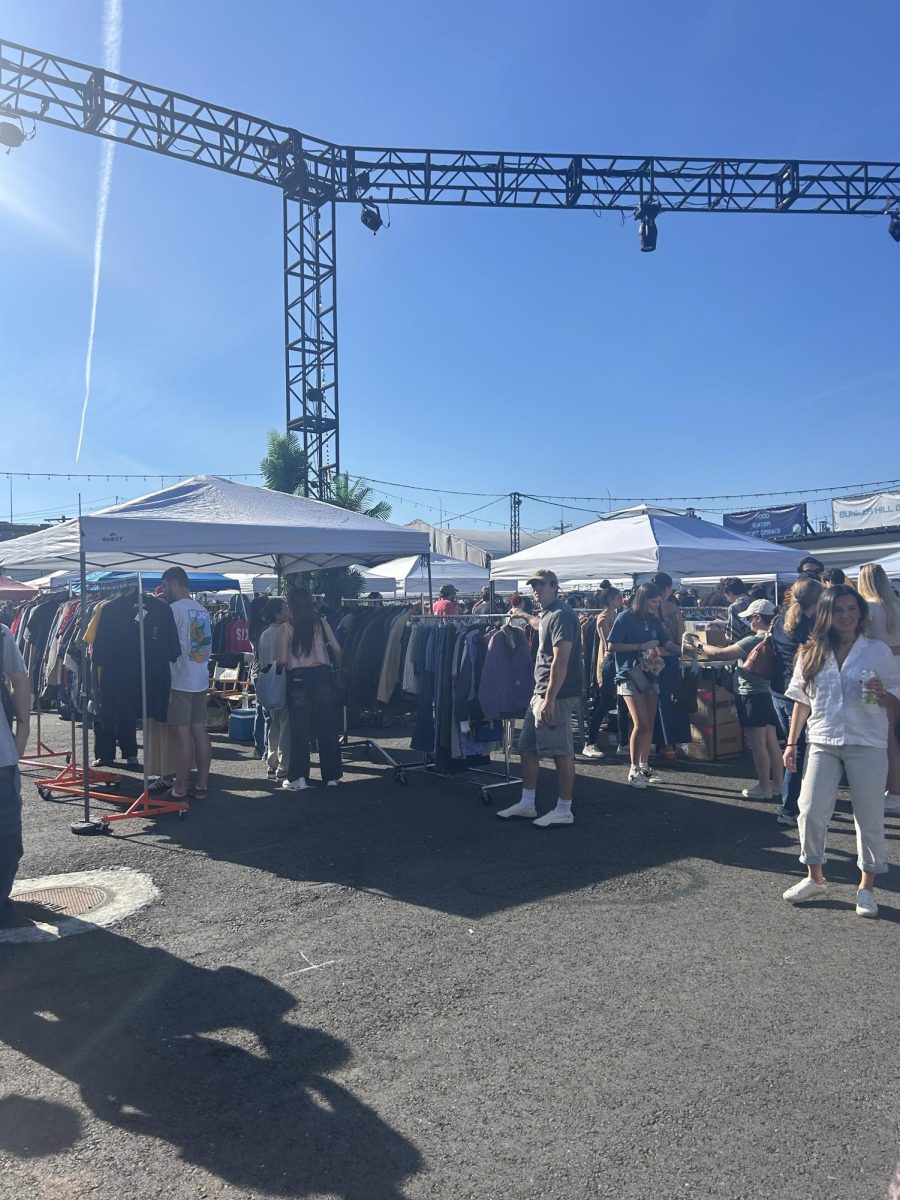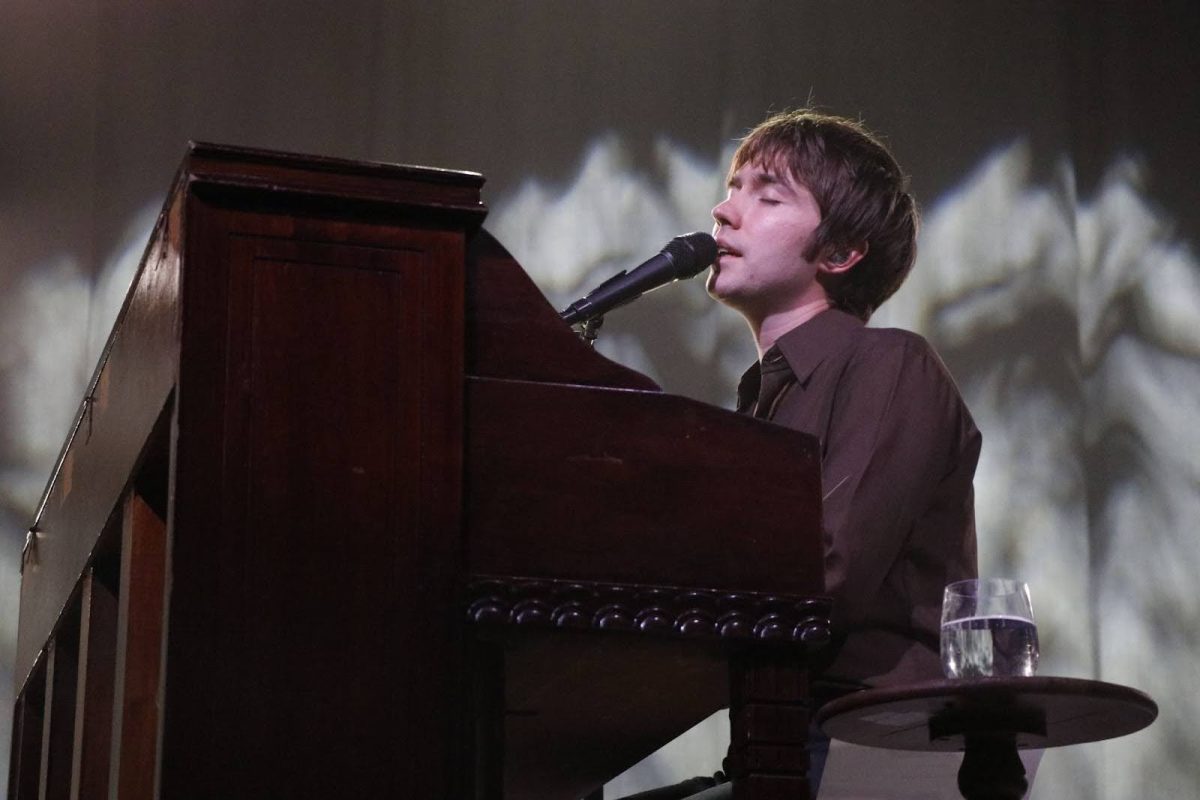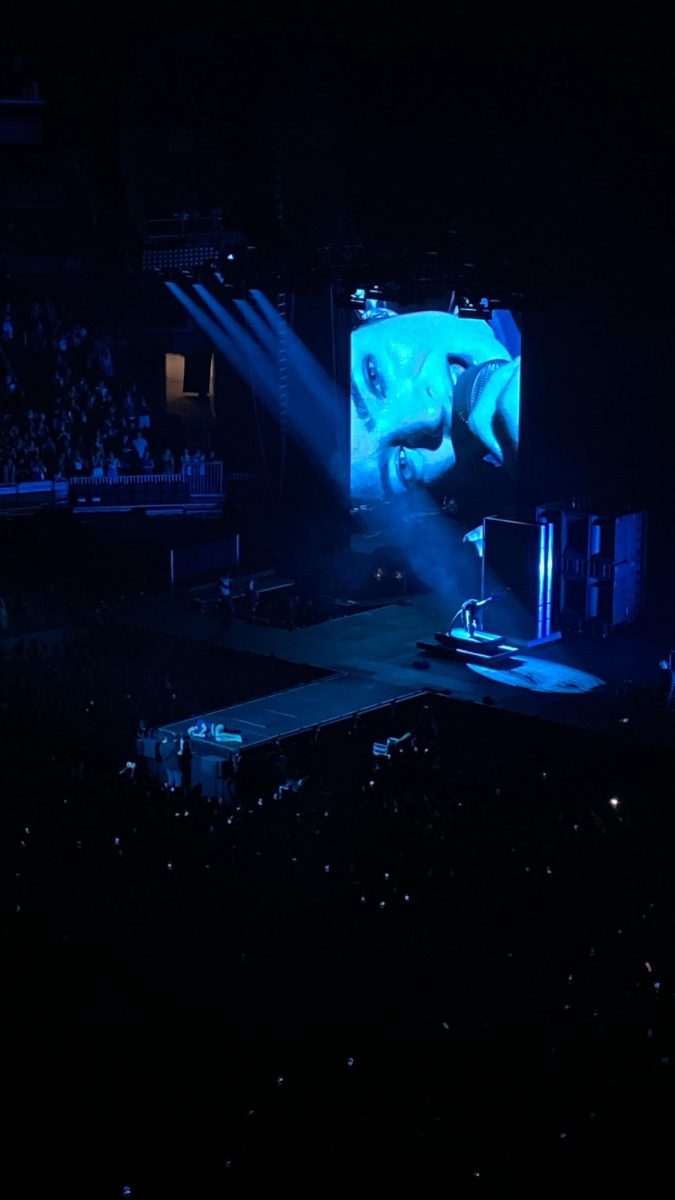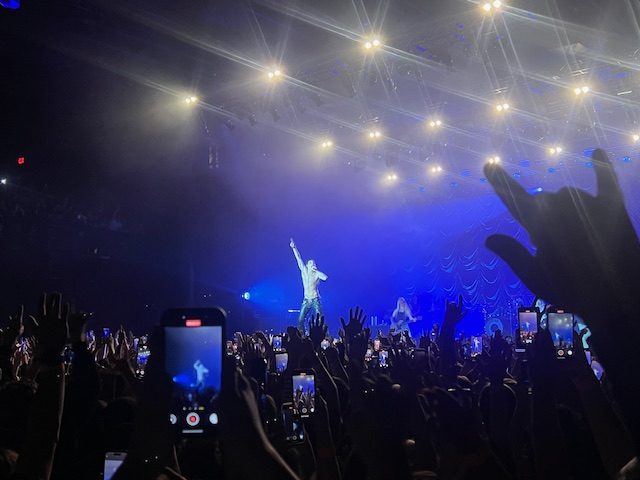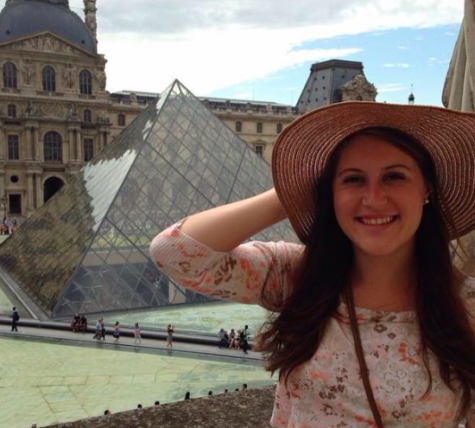When contemporary art is discussed, with it comes a undeniable stigma. An aura of superiority and an air of high intelligence is instilled.
It can be considered a minority in the entertainment industry, compared to attendances to world renowned museums of fine art such as the Louvre in Paris or the National Galleries in London.
What some people must understand is that contemporary art is a concept that is incredibly artist-perspective driven. Anything an artist creates is not always for a designated audience, but rather its purpose serves the artist and their experiences.
In the case of “A Letter to My Nephew,” the latest production of award-winning choreographer Bill T. Jones, the experience portrayed stems from the roller coaster of a life led by a gay man, Jones’ nephew, Lance T. Briggs. Briggs is presently paralyzed from the waist down after leading a life involving drugs and prostitution at a very young age. This piece conveys the emotions that arise from a letter from his uncle during his nephew’s hospitalization.
“This is what I call an ancillary work,” said Jones in a recent phone interview with The Suffolk Journal prior to the show. “I am working on a trilogy which is inspired by reading a novel by a great German writer, W. G. Sebald called “The Emigrants.”
According to Jones, the novel used extremely personal and autobiographical information, which resulted in his inspiration to create a series of works which used people from his own life– including his mother-in-law and nephew.
This performance was originally conceived a year ago just before the dance company was about to do a European tour. After learning about the fateful attacks that occurred in France in early November of last year, the tour that was destined to travel around Europe was cut short, despite its origins in Paris.
“I wanted to bring a piece there, to Europe, and I spoke about first my love for my nephew,” said Jones. “The challenges of being two black men trying to talk honestly to each other post-Ferguson, trying to talk about world affairs like the Syrian refugee crisis, all while being artists from the West who make their living by traveling to various communities in Europe and in the states.”
“[The performance] was supposed to be a kind of tongue-in-cheek postcard from the uncle, an older man, to a younger man the nephew who is in his hospital bed in Tampa, FL. A lot of stuff has happened since then, we thought my nephew was going to die,” said Jones. “He did not die, he’s in a wheelchair and is fighting to be an independent and productive person after a life as a drug addict.”
Jones spoke with regard to how the recent election has affected this work. “It does reflect this particular moment that we are in,” he said. In an interview last week with WBUR, Jones said that this work is “site-specific,” meaning that Jones takes elements from each city the show tours in and alters the multimedia aspect of the show.
In the piece, lines are projected from the letter onto the walls of the theater, as well as a giant square that resembles a piece of paper. Jones said he tried to incorporate Boston by referencing different public demonstrations, as well as projecting onto the dance “do you feel safe?” when asking his nephew if he felt safe in Tampa, FL in the letter.
The piece itself is a deeply emotional and personal journey where intense stimulation from varying dance styles are choreographed to explosive sound tracks creates an entirely new experience. Dance styles include hip-hop, modern or even sometimes a strange hybrid of these dances.
The score is an eclectic mix of classical, house music, natural sounds and songs popular in the 1920s, according to Jones. The work referenced politics and culture along with a portrayal of the relationship between Jones and his nephew.
“It’s like chess pieces, my work, if you look at it, you have to get in the frame of mind that you’re dealing with a puzzle,” said Jones. “There’s a lot of elements there that have to be combined and recombined. That’s the pleasure of it. It’s a collage, a collage that you have to relax and give yourself to.”
This is true, once the audience had a chance to settle into the spirited performance, it became clear that a story was being woven together like a tapestry, one strand and one dance at a time.
Contemporary art, more specifically this performance, unites and allows for a certain freedom of expression in the purest emotional form whereas other forms of media like painting or spoken word would not do the same justice to a powerful experience. A true emotional experience was conveyed on the stage at the Institute of Contemporary Art.
Jones is currently working on the choreography for the third and final installment in his trilogy and said he hopes to begin rehearsals in the upcoming weeks.


